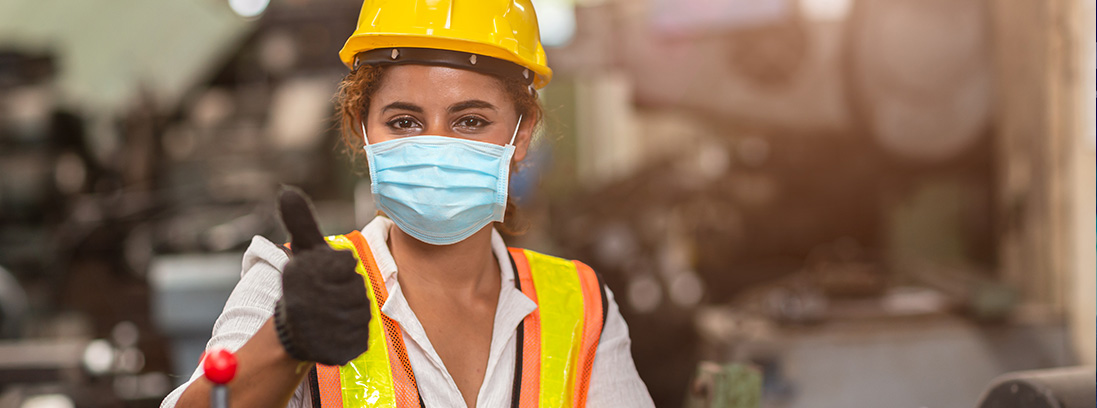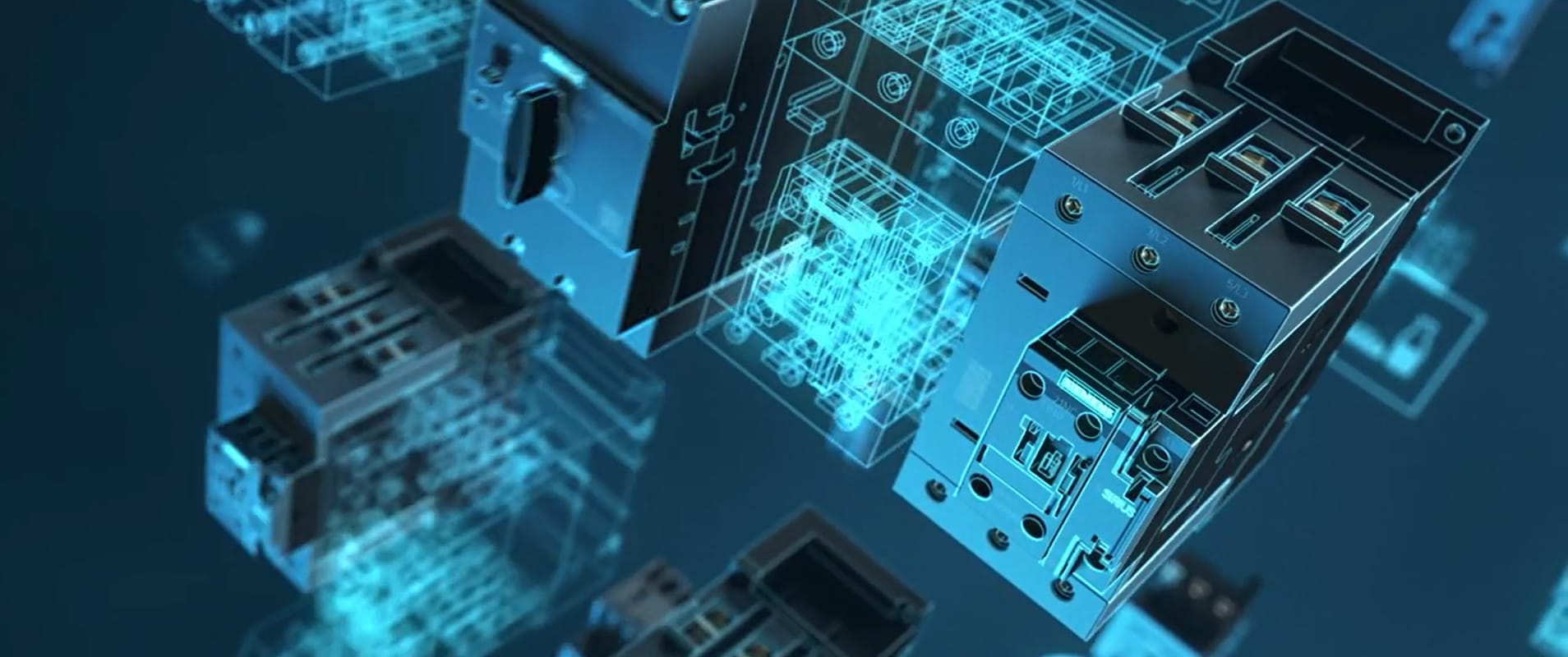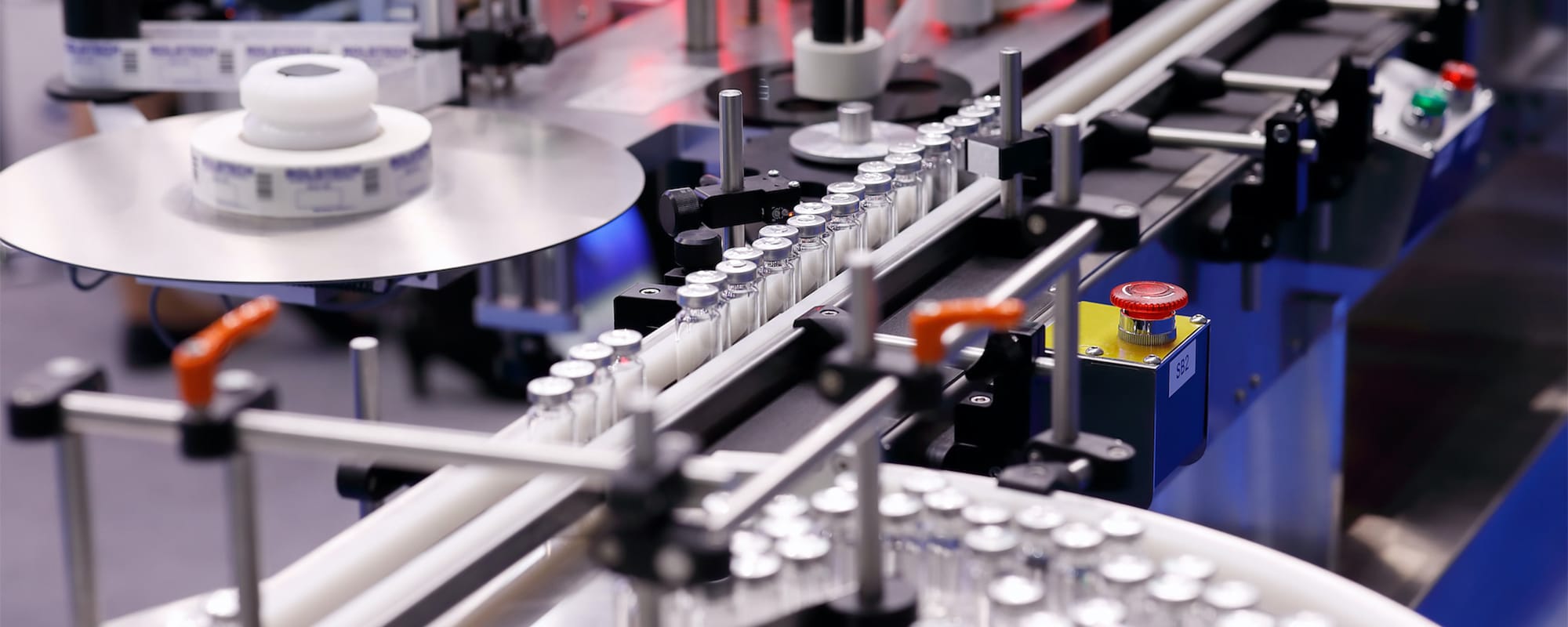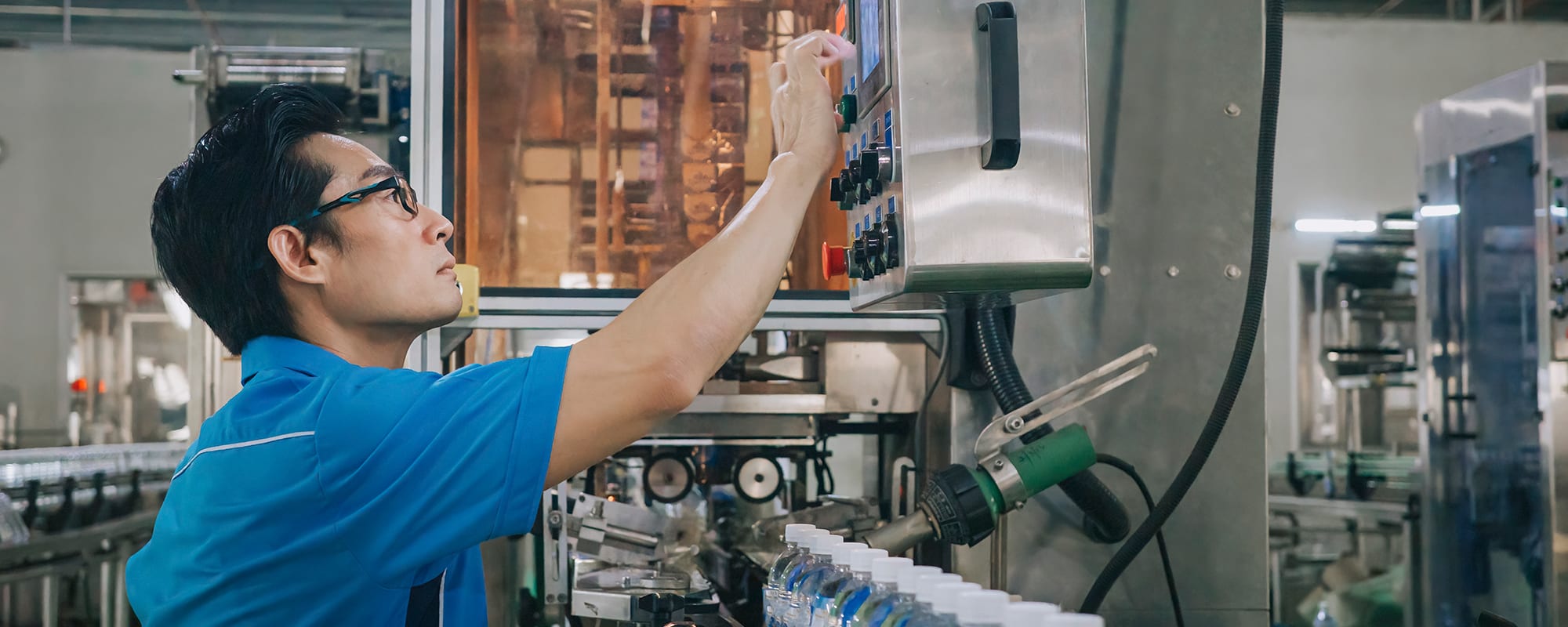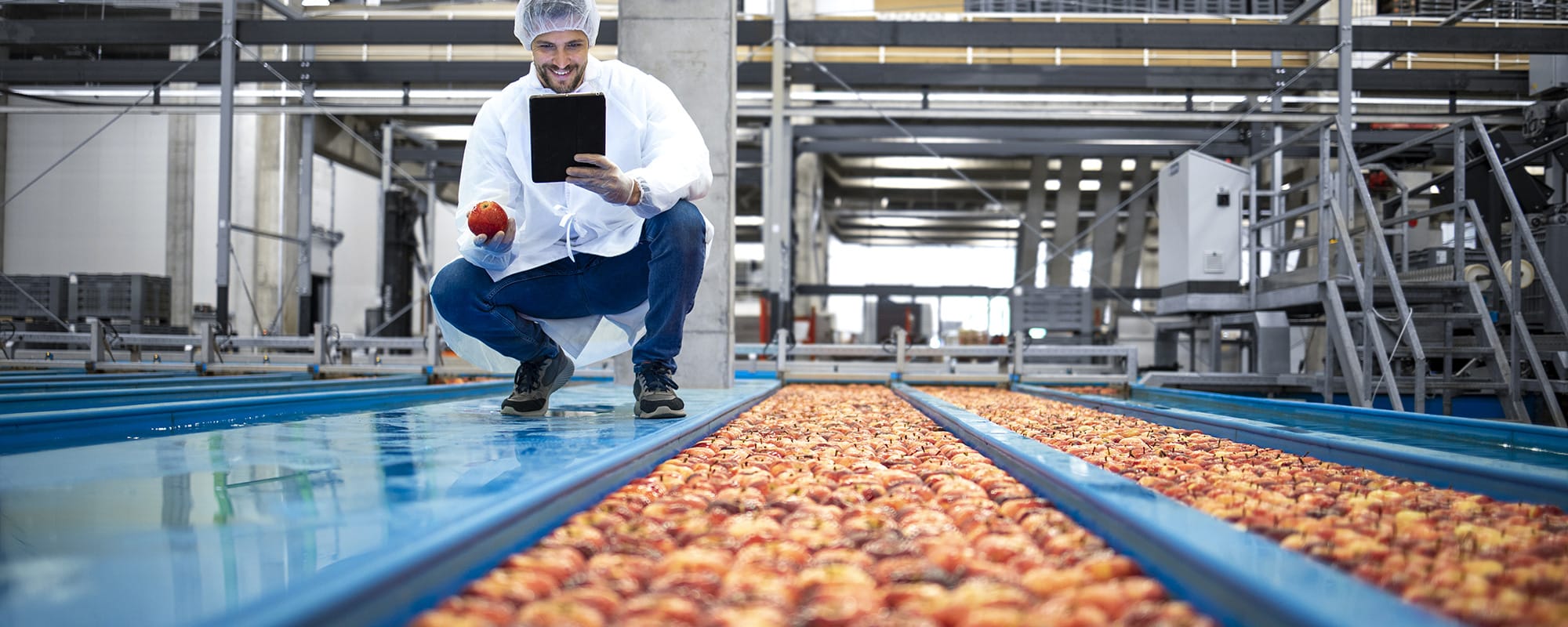Smart worker behavior influences the risk of infection from COVID-19, from hand washing to maintaining social distancing. Such efforts can be enhanced by innovative technologies, whether they are used to screen workers before entering a workspace or to monitor employee movement and health during work to reduce the risk of spreading infection. More specifically, wearable technologies are a growing utility in defending against the coronavirus, particularly in an industrial IoT environment.
Wearables are a practical workforce-tracking solution that enables companies to obtain and upload data via an IoT network or another connected device on the production floor or another nearby environment. This data provides insights into the location and movement of employees, which is valuable when enforcing physical distancing.
According to a McKinsey & Company article, employee location data is “fed into intelligent algorithms thahttps://www.mckinsey.com/industries/advanced-electronics/our-insights/coronavirus-industrial-iot-in-challenging-timest help managers optimize workflows and minimize contact at shift changeovers and other critical points.” This capability allows companies to reduce employee interaction while continuing near-normal operations by staggering breaks and rearranging shifts based on the insights gathered from data. Some IoT tracking solutions can automatically restrict employee access to certain areas if there are already too many people in that specific area.
Other notable technology developments can help mitigate infection risks from the coronavirus and many other, more common, communicable workplace illnesses.
1. Technology for contact tracing purposes.
Wearable Bluetooth technology developed by Canadian company Facedrive uses its TraceSCAN software and artificial intelligence to contact trace when an employee becomes infected. Deployed as a device that can be worn on the wrist, around the neck, or as a pod carried in a pocket, it utilizes an employee’s mobile network to identify second and third-degree contacts in determining the origin or possible spread of infection.
The technology has applications in manufacturing and environments related to more extensive and denser populations, like schools and sports events. It provides information that helps employees and managers make informed decisions regarding the risk and control of the coronavirus in many different scenarios of infection.
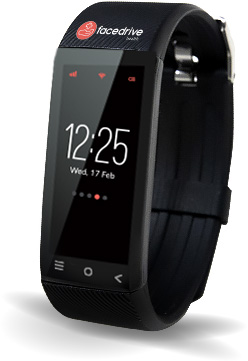
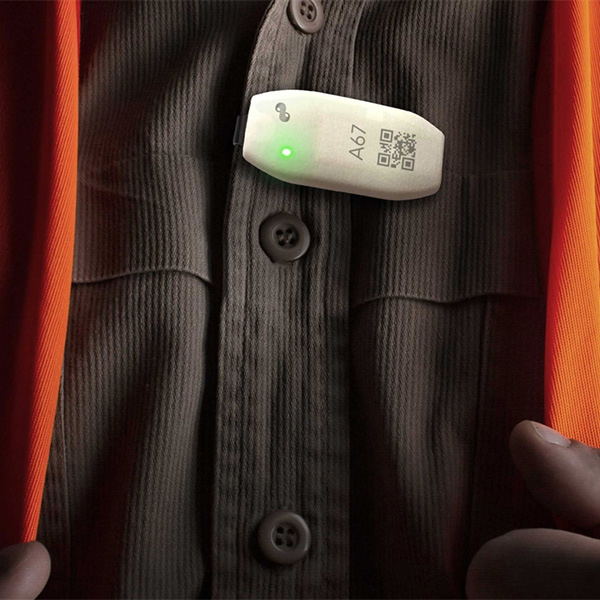
2. Technology to enforce social distancing.
Many new, simple devices are being introduced to alert workers when they are near others, serving as a reminder to keep a standard social distance. The Nodle M1 is a simple two-inch-long clip-on device attached to a worker’s badge or otherwise worn. It continuously monitors location and alerts employees when they are too close to one another. The device is interoperable, using an open-source protocol, with a “privacy-first” contact tracing application intended to preserve worker confidentiality. It also allows human resource professionals to identify those who may have been in proximity to someone who was found to have contracted the coronavirus. It’s a simple concept but performs a task that would have been likely impossible without such a device.
3. Mobile and stationary screening devices.
Wearable devices can also serve as health monitoring tools. One such device developed by Fitbit can monitor key health metrics such as temperature, respiration, and pulse. Employees wearing the device can remotely monitor the metrics that provide a complete view of their health.
This technology may be used in tandem with other devices such as the RS PRO Thermal Imaging Door Entry System, which combines traditional infrared temperature measurement with AI facial recognition technology for security purposes.
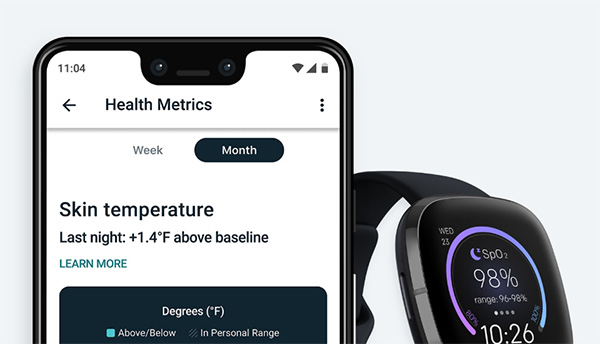
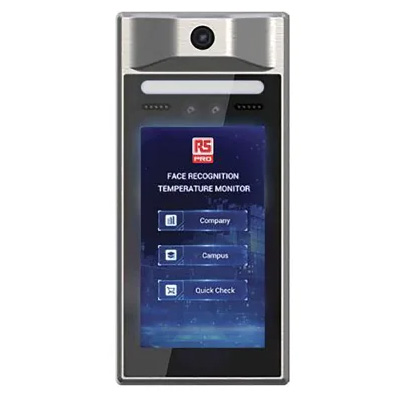
Another piece of technology that may be used in concert with a mobile device or other wearables for maximum protection is the Seek Scan from Seek Thermal. This basic, inexpensive thermal imaging system automates body temperature screening and performs the equivalent functions of an infrared temporal thermometer, but at a safe social distance. It’s easily installed and requires no special equipment or training.
Another piece of technology that may be used in concert with a mobile device or other wearables for maximum protection is the Seek Scan from Seek Thermal. This basic, inexpensive thermal imaging system automates body temperature screening and performs the equivalent functions of an infrared temporal thermometer, but at a safe social distance. It’s easily installed and requires no special equipment or training.
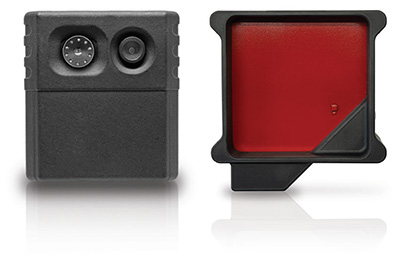
“Seek Scan is an interesting one,” explains Mark Russell, a technical sales enablement specialist with RS, “because it has a reference pad located behind where the subject stands to ensure there’s a constant temperature reference point of 98 degrees, and it measures this against a gradient. It’s a little more resistant to the elements than other scanners.”
These devices, whether used standalone or combined with another, greatly enhance the ability to keep infections out of the workplace and a vital part of the “H” in a facility’s ESH strategy.
4. Continuous body temperature measurement.
Monitoring a particular variable such as temperature may be all that is desired when screening for COVID-19. In that case, a device like PouchPASS uses a small battery and low-emitting Bluetooth to sync and monitor health data via its app on a mobile device or Bluetooth gateway. This technology uses multiple sensors and a sophisticated algorithm to record body temperature continuously with great accuracy. This data may be tracked and logged to note any changes during employee shifts and among many different workers to detect infection symptoms at any time.
5. Compact multisensory patches.
A compact health monitoring patch has been developed in conjunction with researchers at Northwestern University and may be worn by industrial workers. Adhering to the skin, it can monitor body temperature as well as heart rate and respiratory activity. Tracking more than one health status can more quickly and accurately detect and signal potential COVID-19 or other infections. Unique to this device is its discreet size, ease of use, and low cost; it’s as small as a postage stamp and costs about $100.
These devices and many others are useful tools available in the industrial manager’s toolbox during a pandemic. They may be used alone or together with behaviors and other devices to create higher protection levels through monitoring and detection and further prevent the spread of dangerous infection.
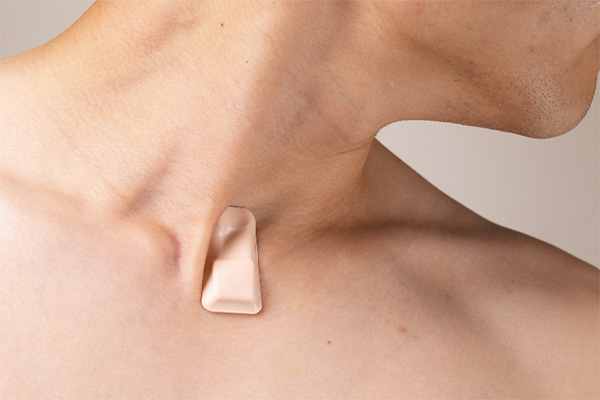
“There’s no such thing as one perfect solution,” says Russell. “You have to have to put two or three together, but it’s all about finding the right combination of processes, technology, and awareness that works best for each facility.”
